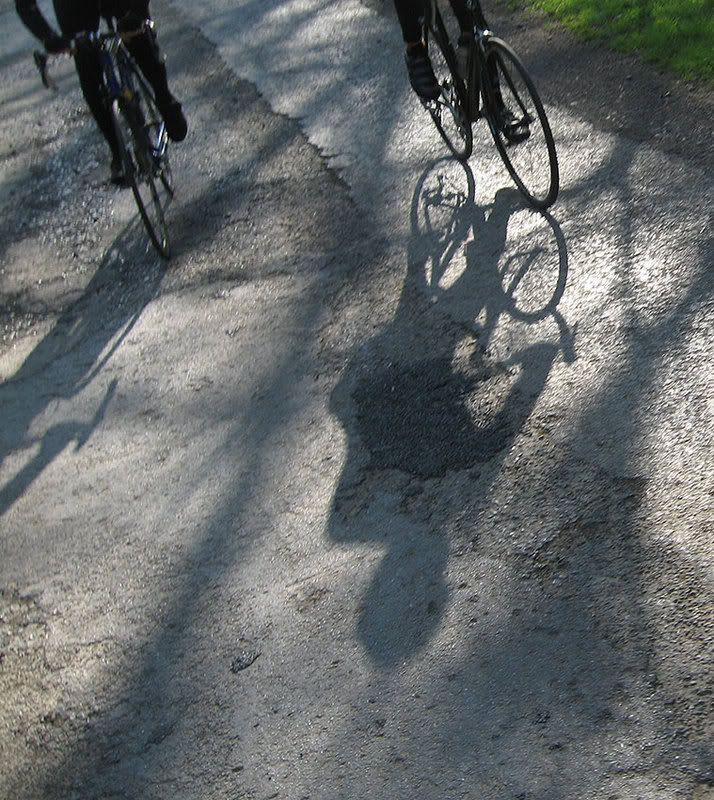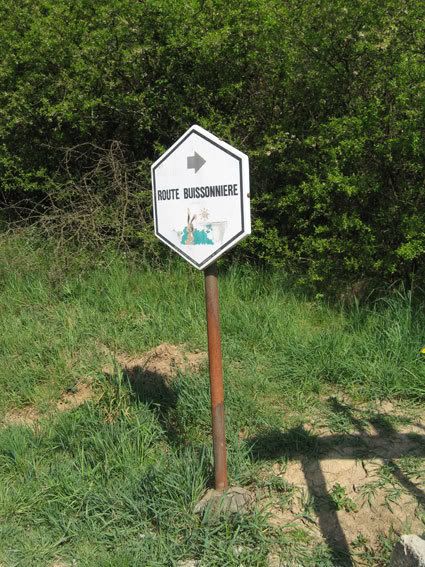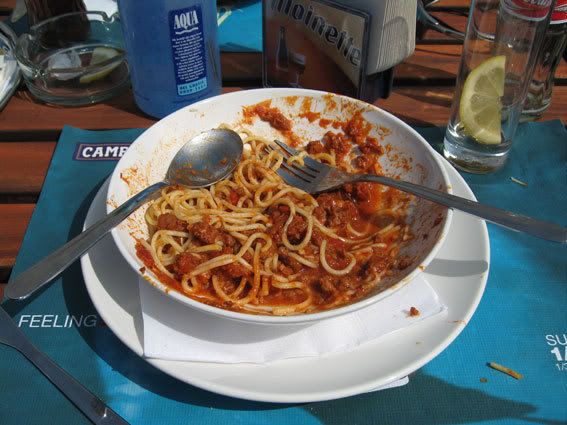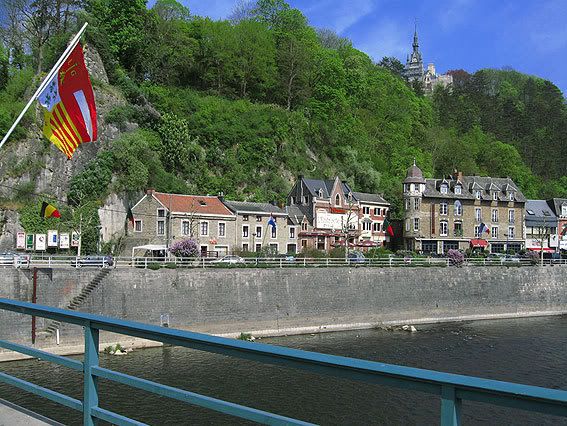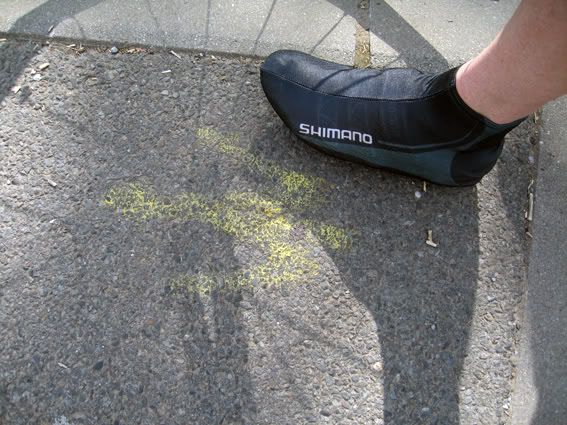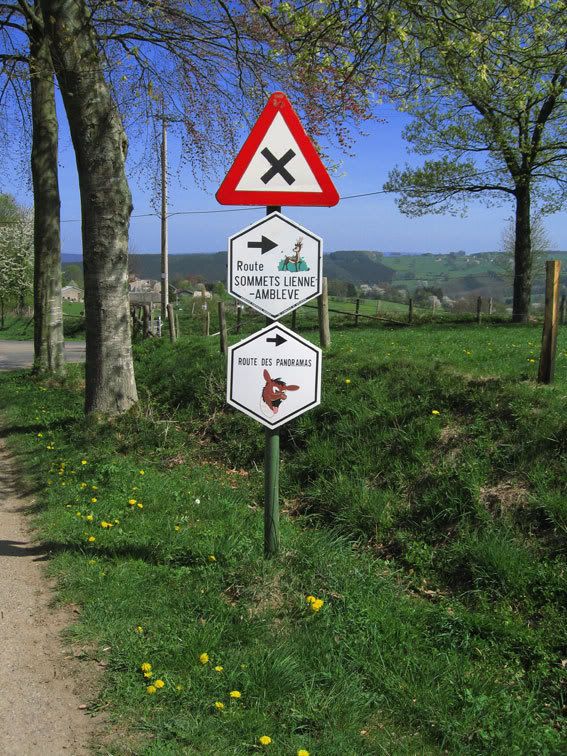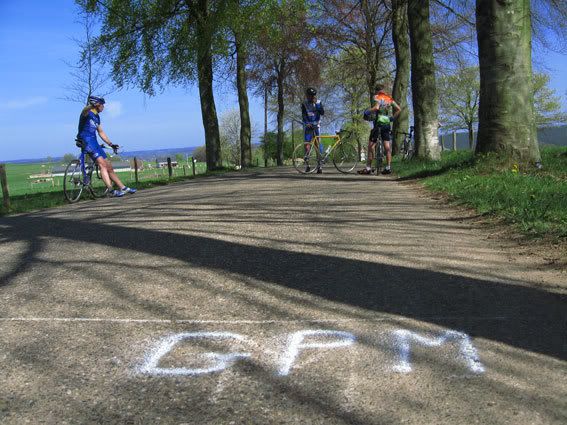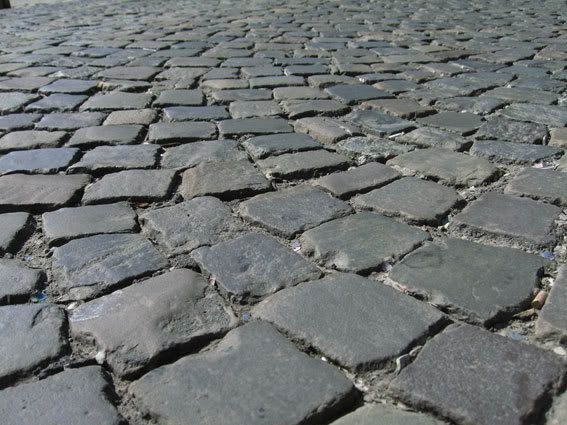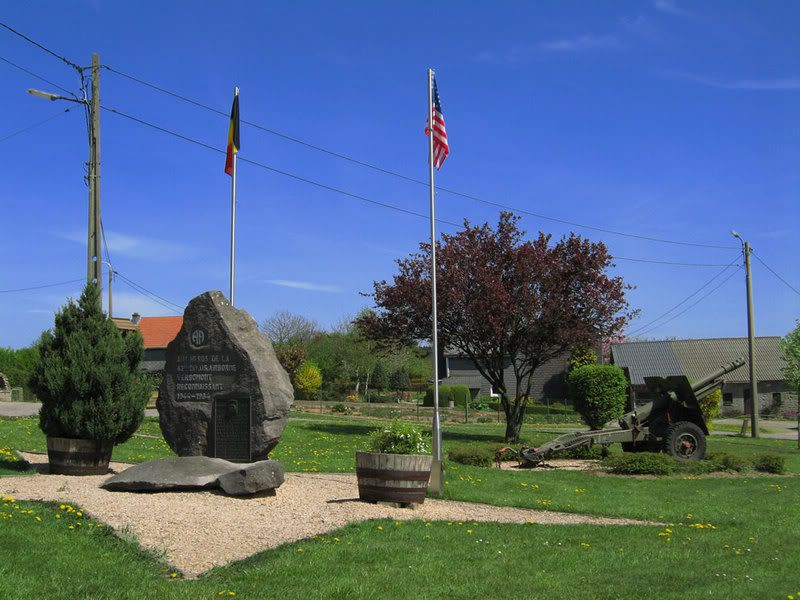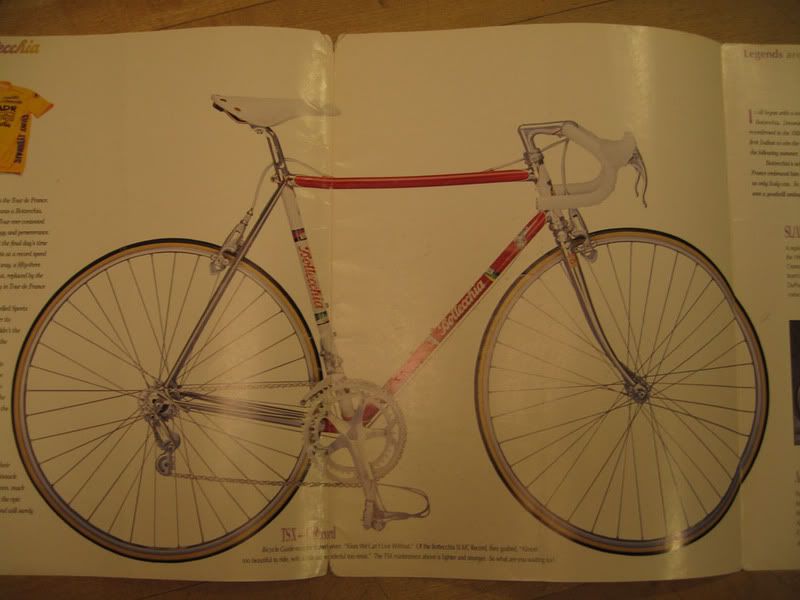The one number that almost everyone can relate to is 100, aka “The Century”, aka 100 Miles. I suppose I can kind of understand, after all it’s a round number, a C-Note, which used to be worth something, awhile ago, like November 6th, 2000.
If truth be told, once you’ve been on a 100 mile ride, it’s not a big deal, it’s just another number, even if people who know nothing about cycling are always impressed when you mention, nonchalantly, that you’ve just been on a 100 mile ride.
OK, now that I’ve gone out f my way to make my feelings clear, I’d like to announce that I completed my first century of the year. I couldn’t care less that it was a century, but I’m happy that I can now say (or type as the case may be) that I rode a “Ronde Markermeer”.

Riding towards Lelystad.
If one didn’t know better, that might almost sound exotic. Almost. The route is simple, it circles the Markermeer, a fresh water lake, that a little over 70 years ago was part of the Zuiderzee, an inlet of the North Sea. With the Zuiderzeewerken, the Dutch were protecting themselves from potential flooding from the North Sea, as well as developing additional land for farming. It’s worked a treat, even if the cities built on reclaimed land aren’t exactly the most stunning that you’d ever see (apologies to my readers in Lelystad, Almere, etcetera).

So, now that you know a little bit about the route, you'll understand why 'exotic' is not the word to describe a "Ronde Markermeer". Probably, no definitely, because half of the Ronde Markermeer is along roads that were built on reclaimed land, the word is relentless. Not necessarily relentless as in difficult, but relentlessly boring. I suppose it depends on the wind that day.
Fortunately for me, we only rode the first 70 long, straight, flat kilometers into the wind, then around 29 kilometers along the Markerwaarddijk, until you hit Enkhuizen. From there on it was tail and side winds, through towns that are older than your parents.
